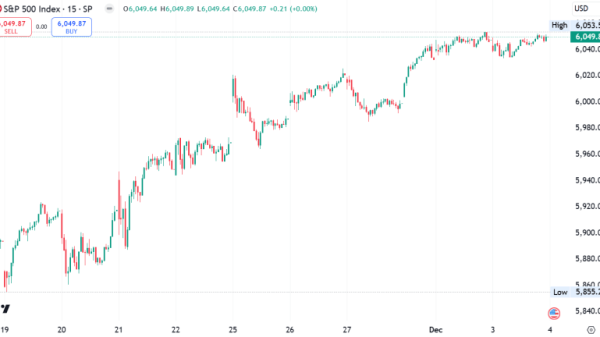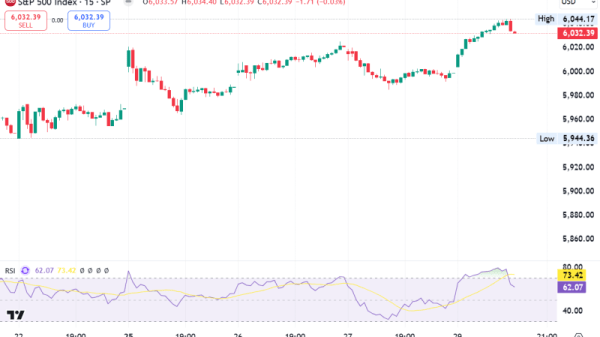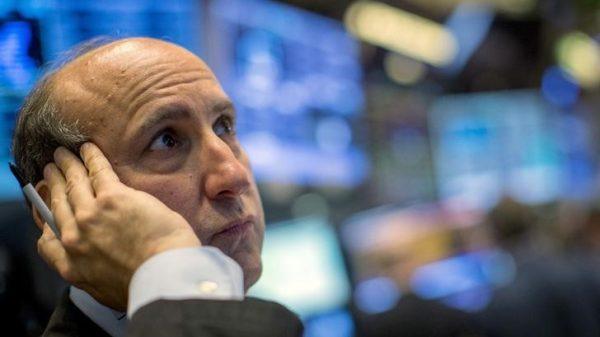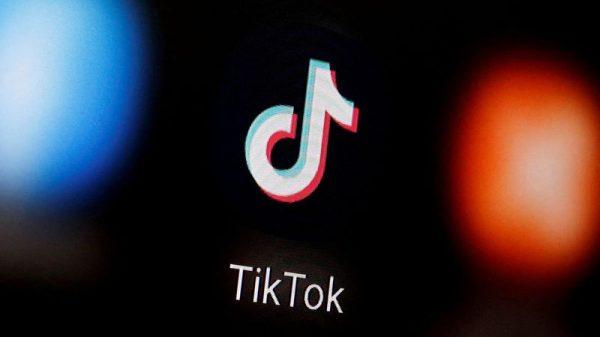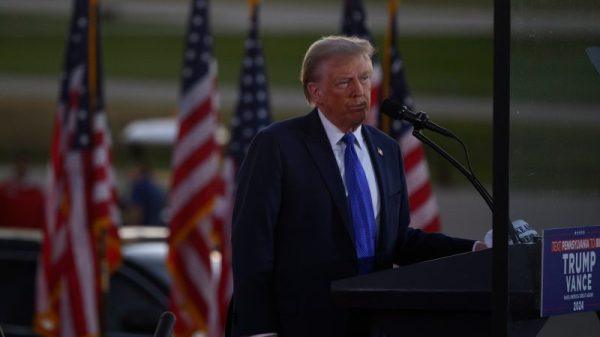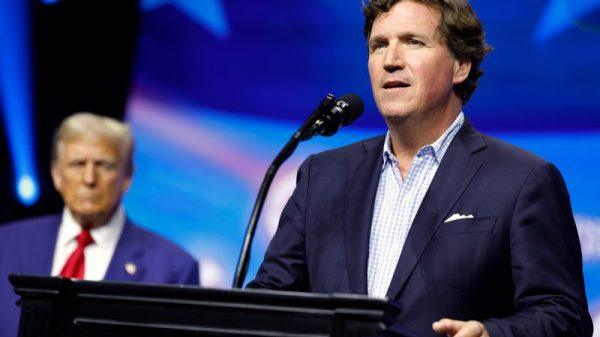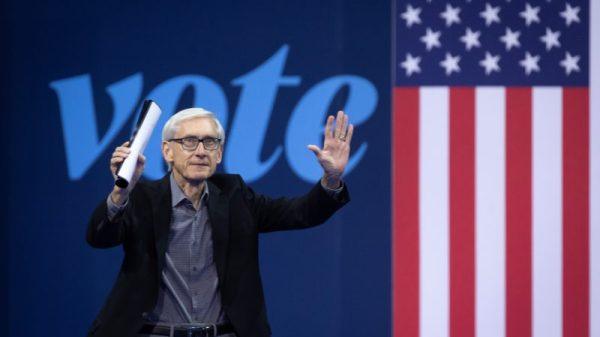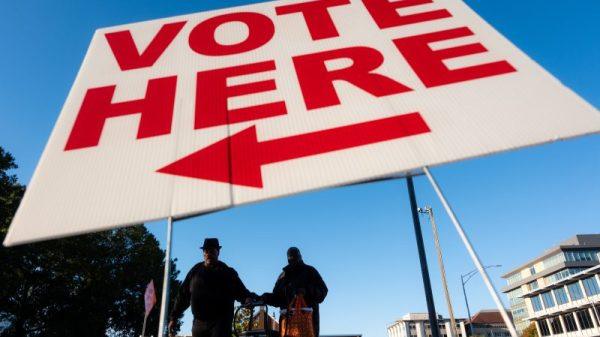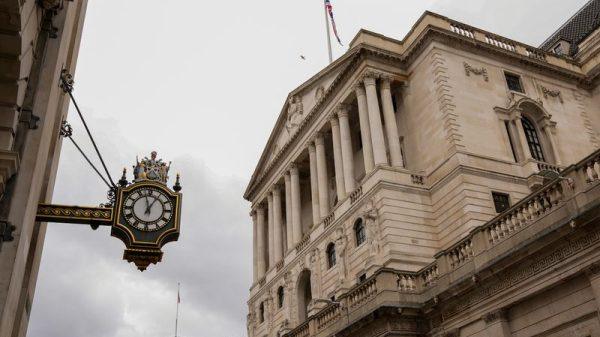By Rodrigo Campos
Latin America is anxiously counting the days to Nov. 5, when U.S. voters will choose between relative continuity under Vice President Kamala Harris or a return to policies that triggered volatility in the region’s largest markets and economies under former president Donald Trump.
Trade and tariffs, as well as monetary policy’s effect on global interest rates, are likely the largest avenues for the election to jolt the U.S.’s neighboring region. Washington’s economic war with China could particularly rock Mexico and boost Brazil, especially in a tit-for-tat scenario.
On a broader level, a Trump victory would likely send shockwaves through the region, potentially putting the squeeze on some currencies and central banks even as countries that are more tied to commodities or trade with China could emerge largely unscathed.
While the Biden administration did not roll back tariffs imposed by Trump on China, Harris’ plan to keep them roughly as they are makes her a dove toward the world’s No. 2 economy. Under Trump, tariffs on Chinese products would jump to around 60%.
China will also hover over talks to revise the U.S., Mexico and Canada trade deal (USMCA), scheduled for 2026, as some goods including from Chinese companies’ transplant factories could stop being treated as Mexican. Automotive sector content requirements, known as “rules of origin,” are likely to loom large in those talks. Trump said weeks ago that he would slap a tariff as high as 200% on vehicles imported from Mexico.
“A trade war (with China) would likely intensify in the case of a Trump presidency, and I think that the most affected country in Latin America could be Mexico,” said Carlos de Sousa, emerging markets strategist and fixed income portfolio manager at Vontobel. “If Trump wins, he would probably try to leverage that (USMCA) sunset clause as some stronger negotiating position, potentially to change the rules of origin.”
He added that the increased scrutiny on the trade rules regarding Mexico could mean “We’ll go back, in terms of Mexican asset prices, to a higher volatility level than what we have seen in the last five or six years.”
Lazard (NYSE:LAZ) said in a recent client note that a universal 10% tariff like the one proposed by Trump could be used as leverage to prevent countries from skirting tariffs by setting up shop in U.S. trading partners. Other instances of its use as leverage could include policy around migration, as remittances make a big contribution to several regional economies, especially in Central America.
South American countries may be in a better position to dodge a stricter U.S. trade regime. The investment bank places copper and lithium powerhouse Chile on a list of countries with high exposure to the US market that could be largely spared based on the less replaceable nature of their exports.
Such calculations would become much less relevant in the case of a Harris victory.
“If the Democratic candidate Vice President Kamala Harris wins, likely with a divided government, tariff risk would likely decline and we would expect lower growth and investment conditions in the United States, which could lead to sustained outperformance of EM assets,” the investment bank said in its October outlook for emerging markets, published last week.
While Mexico’s industrial export economy would likely feel the squeeze under a second Trump administration, other countries that are primarily commodities exporters could even benefit.
South America could also benefit from its lower reliance on remittances from the U.S., which under a Trump scenario may be taxed at 10% if U.S. Senator JD (NASDAQ:JD) Vance, Trump’s running mate, follows through on his proposed tax.
Some Central American countries such as Honduras and El Salvador receive more than 20% of their GDP from remittances, meaning the tax could translate into a couple percentage points of GDP lost per year. In the case of Mexico, the largest remittance recipient in the region by dollar amount, it could shave over $6 billion in inflows per year based on the 2023 estimate.
As trade tensions with Beijing ballooned under Trump in 2018, China replaced all its U.S. soybean imports with Brazilian ones. China is already Brazil’s largest trade partner, and South America’s largest economy would further benefit from even more China commerce.
“There can be a tariff outcome that helps Latin America if, as a result of tit-for-tat dynamic, it redirects purchases of primary products away from the U.S. into other suppliers like Brazil and Argentina,” said Alejo Czerwonko, CIO for emerging markets in the Americas at UBS Global Wealth Management.
“The rhetoric that tariff uncertainty can only hurt Latin America might be overly simplistic.”
A Trump presidency is expected to raise the U.S. budget deficit more than a Harris administration, driving inflation, as well as interest rates, higher. Tighter financial conditions globally could also weigh on Latin American assets.
“If Trump wins and the deficits are a bit larger, then the disinflation process could be a bit slower, and that could translate into a slightly slower monetary policy easing” in the U.S., Vontobel’s De Sousa said. Tighter monetary policy in the U.S. has historically translated into subdued financial asset prices across emerging markets, including Latin America.
Lastly, Argentina’s President Javier Milei, who shared a stage with Trump earlier this year at a conservative gathering outside Washington, could see his Trump-like abrasive style rewarded. Milei could benefit from added U.S. support if Trump were to be elected as the South American grains exporter seeks to extend or renew its loan program with the International Monetary Fund, of which the U.S. is the largest shareholder.
Trump would have a “higher decibel approach to different countries, less institutional and more personal,” said Francisco Campos, chief economist for Latin America at Deutsche Bank. “Because of the ideological affinity and similar governing style between Milei and Trump, maybe Argentina could find itself with a little tailwind under a Trump scenario.”

